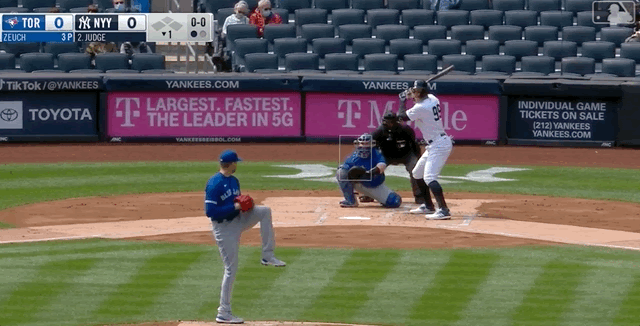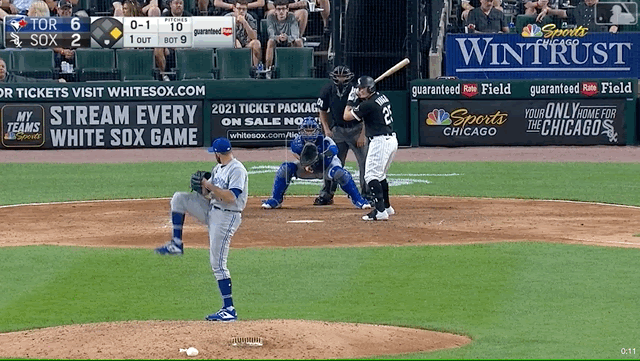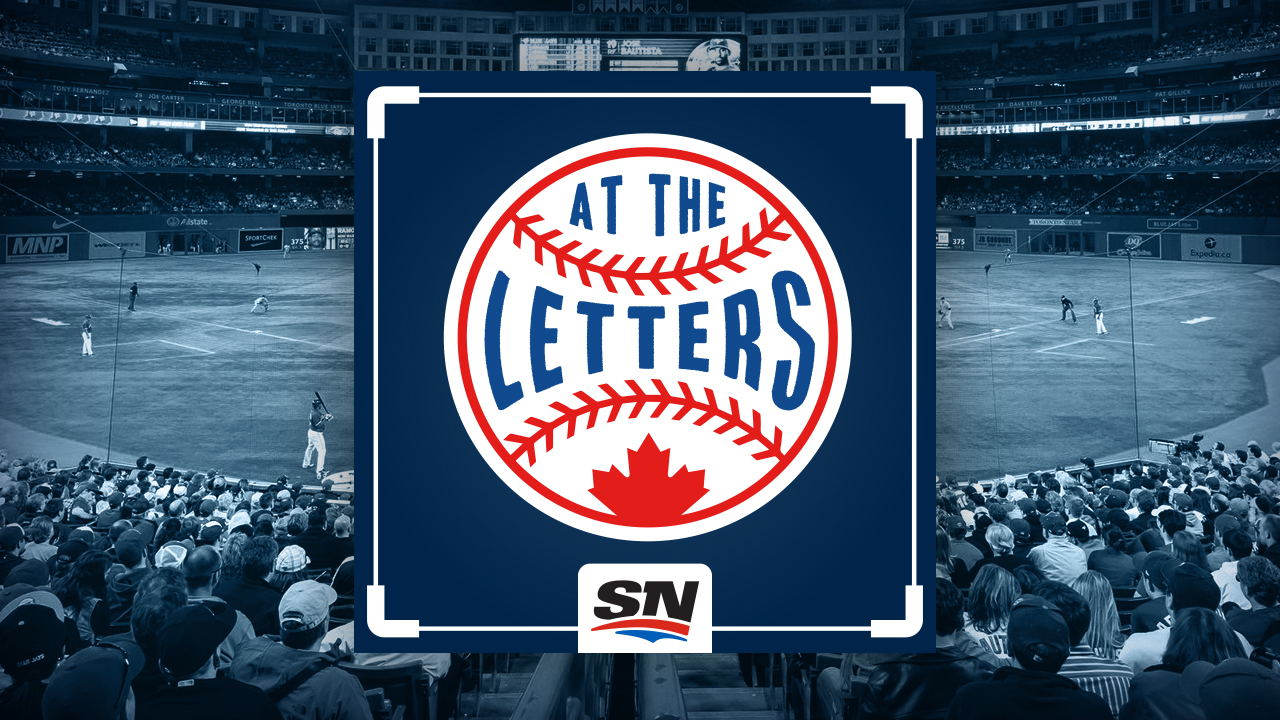Coming into the 2021 season, Marcus Semien had played just 236.2 innings — or approximately 26 games — at second base in his MLB career. By the time this year is done, there’s a good chance that he’ll deserve a Gold Glove on his mantle for his work at the keystone.
Despite minimal experience at second, the 30-year-old, who began his career as one of the least defensively-sound infielders in the majors, currently ranks first among AL second baseman in UZR (+4.2), second in Defensive Runs Saved (+11), and third in Statcast’s Outs Above Average (+7).
Because of Semien’s history of competence at shortstop — a significantly more challenging position — it makes sense that he would thrive on the right side of the infield, but there’s a difference between succeeding and producing at an elite level. What he’s accomplishing now is outstanding, especially considering the complexity of playing second base.
Throughout MLB history shortstops have been converted from more demanding positions (usually shortstop) to second, but it’s almost always taken them significant adjustment time before they join the league’s best at their new home.
While Gold Gloves are an imperfect barometer of defensive excellence, the award goes back to 1957 and has been awarded 128 times to second baseman, providing some useful context for what Semien is doing. Out of that pool, just three players had less MLB experience at the position than the Blue Jays star came into 2021 with:
Ryne Sandberg (221 innings): Sandberg played his first full season (1982) before moving to second and winning his first Gold Glove the next season. He brought home that award nine consecutive times and is regarded as one of the best to ever play the position. Not bad company for Semien, and it’s worth noting that Sandberg made his positional conversion at the height of his powers athletically at the age of 23.
Ken Hubbs (53.1 innings): Hubbs didn’t change positions, he simply won a Gold Glove in his first full season at the age of 20. The Chicago Cub was so good defensively that he won Rookie of the Year in 1962 despite hitting .260/.299/.346 and leading the league in both strikeouts and double plays grounded into. Hubbs died tragically in a plane crash in 1964, but might have gone down as one of the best defensive second baseman of all time.
Pokey Reese (52.1 innings): Reese is probably the best analog for Semien among Gold Glove winning second basemen. The former Cincinnati Reds mainstay debuted as a shortstop and played a little third before finding a home at second in 1999 and winning two consecutive Gold Gloves. He might’ve won more, but he split time between second and short in 2001 and then saw his playing time decline from there due to his anemic offence.
That’s a short list that includes an all-time great, and another player who had that potential. While there were other Gold Glovers who converted from other spots on the diamond, they needed more MLB reps than Semien had — even paragons of defensive versatility like Craig Biggio and unbelievable athletes like Dee Strange-Gordon.
If we accept the premise that Semien becoming an elite second baseman this quickly is extremely impressive, it’s worth asking what makes him so great.
The first, and most obvious, ingredient in the veteran’s success is his steadiness. Among qualified second baseman only one — Tommy Edman — has fewer errors to his name. While the Blue Jays roster isn’t short on players who are known for authoring chaotic plays in the field, when the ball comes to Semien there’s a well-earned confidence that he’ll generate at least one out, maybe two.
Reliability alone isn’t enough to produce at a Gold Glove level, though. Semien has also made his fair share of spectacular plays — like this catch on a 114.1 mph liner off Aaron Judge’s bat:

Semien isn’t just a quick reactor, either, he’s consistently able to cover more ground than his contemporaries, making balls that would slip past other defenders playable. According to UZR, his range has been worth 3.7 runs this year, tops among second basemen. The next highest total is DJ LaMahieu’s +1.7. DRS also gives him the biggest range mark at his position (+10), and four other second baseman scores higher than +5.
Blue Jays fans have grown accustomed to watching him make excellent plays moving to his left towards first base. Statcast’s Outs Above Average, which breaks its defensive stats down by direction, has him tied for first among second baseman heading that way — and
he produced a dynamic example in his very first game as a Blue Jay.

The 30-year-old can make plays like this look easy with his ability to gather himself from a dive, set his feet, and throw, with impressive fluidity.

Semien is comfortable ranging to his right, too. In the clip below, Semien’s flip isn’t ideal, but his ability to track down and gather a sharp 103.3 mph ground up the middle is extraordinary.

When it’s time to hand out the Gold Gloves at the end of the year, Semien may not hear his name called — Whit Merrifield of the Kansas City Royals is also a solid candidate — but the fact he’ll be in the conversation is a heck of an achievement. Semien isn’t just a shortstop finding his footing at a position that asks less of him. He’s been a defensive game changer at second from Day 1.
[relatedlinks]





COMMENTS
When submitting content, please abide by our submission guidelines, and avoid posting profanity, personal attacks or harassment. Should you violate our submissions guidelines, we reserve the right to remove your comments and block your account. Sportsnet reserves the right to close a story’s comment section at any time.